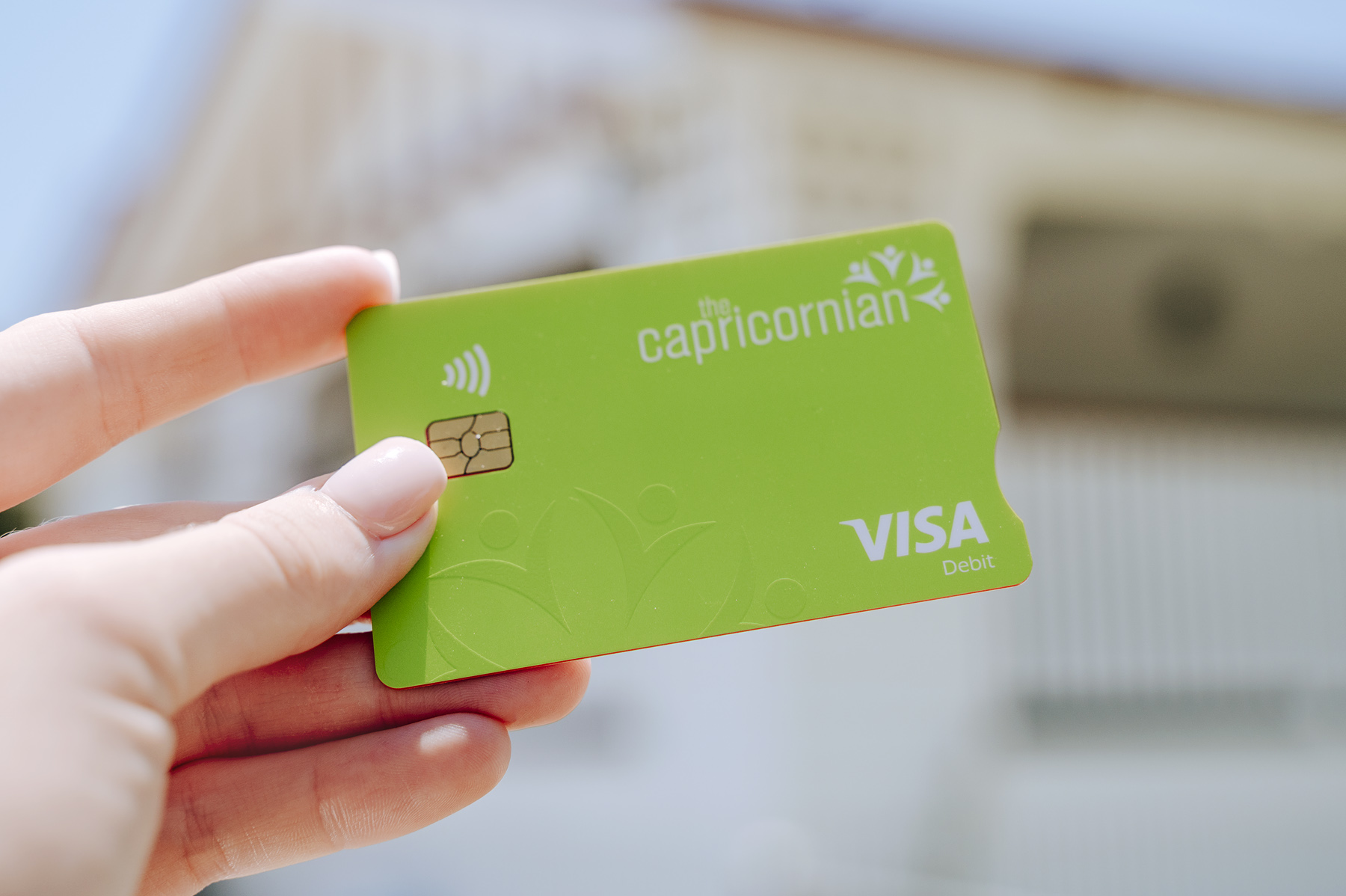Whether you’ve just started paying off your mortgage or you’re part way down that road, it’s never too late or too early to start thinking about your debt-free goals. If the thought of still making mortgage payments in 25-30 years’ time makes you want to cry, then it’s time to start planning your mortgage escape.
But be warned – this is a long game. It won’t happen overnight!
Make repayments more frequently
One of the simplest and least burdensome ways to reduce the term and cost of your loan is to make your repayments fortnightly instead of monthly. You won’t really notice a difference in terms of how it affects your day to day budget, but it could make the difference of thousands of dollars over a 30 year loan.
Paying fortnightly (26 fortnights a year) means you are effectively making 13 monthly repayments instead of 12. Fortnightly repayments also often work in better with most people’s pay cycles, meaning that as soon as the money comes in, you can pay your mortgage repayment without eroding it with unnecessary purchases.
And if your interest is calculated daily, then it also helps to reduce those monthly interest charges. Sure it’s probably pretty negligible but it can really add up in the long run.
2. Make extra repayments
As well as paying your repayments fortnightly rather than monthly, you should consider upping the ante on the repayment amount if you can afford to. If you stick to the minimum repayment as required by the bank, then it’s going to be a loooong 30 years! AND you’ll be at the mercy of interest rate hikes as they happen.
So, depending on your loan type (fixed or variable) and the terms and conditions of your loan around extra repayments, you should consider paying any extra money you have leftover each fortnight off your mortgage. If you’ve got a savings goal for something special –sure, it can make sense to keep it separate and to slowly work towards paying for that holiday or that car up front in cash instead of through another loan.
If however, you’re saving just because you can, you should consider putting that extra cash into your home loan repayment each fortnight. But be aware that if you have a fixed loan, there are usually restrictions on how much extra you can repay off your loan each year and penalties if you exceed those limits.
Some variable rate loans also charge you for the privilege of making additional repayments, so make sure you know what the rules are around your loan. And if it doesn’t give you the flexibility you need to help you reach your financial goals sooner, consider refinancing to a product like The Capricornian’s No Frills Home Loan (low variable rate, additional redraw options without penalties online of via the app).
For some fixed rate loans additional repayments may result in a penalty. If you are on a fixed rate loan contract and a particular threshold of repayments will result in a penalty, keep the savings aside, wait out that fixed term period and then dump the whole lot on your mortgage when you can do so without penalty.
3. Don’t redraw unless it is absolutely necessary or will save you money in the long run
Some home loan types give you the option of being able to redraw funds that you’ve paid early. This can be good AND bad. It’s good if you are disciplined and wise with your money and you are truly focused on paying off your home loan sooner. But if you are prone to impulse buying big ticket items like holidays and cars with the extra money you’ve worked hard to pay off your mortgage then it can do you more harm than good.
Redrawing all your available funds basically puts you back at square one – or year 30, so to speak. However a redraw facility can really save you money in some cases when you have little choice but to purchase on big ticket items you would otherwise need separate finance for.
It’s likely your home loan interest rate would be much lower than a personal loan or a credit card, so depending on your circumstances, consolidating other debt into your lower interest home loan may be a good money saving move. It’s important to get some independent financial advice on this one before jumping into big decisions.
4. Use an offset account
Offset accounts help you save money in a similar way to a redraw function in that they can reduce the amount of interest you pay. Any money in the offset account is deducted from your loan amount before interest charges are calculated.
For example, if you have $250,000 owing on your loan, but you have $50,000 sitting in an offset account, you will only pay interest on $200,000. But this only works if it is a 100% offset account. Some financial institutions will spruik the inclusion of offset accounts in their loan advertisements, but in the fine print, state that it is at a much lower percentage like 20 or even 10 per cent.
Obviously, this greatly reduces the money-saving power of an offset account. The Capricornian’s Premium Choice Home Loan comes with a 100% offset account to help you reduce the amount of interest you’ll pay each month. However, these features can sometimes come at an extra cost so you should consider if it is the right option for you.
Discover home loan choices, mortgage calculators and savings tips while you are looking for a home loan. Talk to us or start your home loan application online now.
This advice has been prepared without taking into account your objectives, financial situation or needs. You should consider the appropriateness of the advice in light of your own objectives, financial situation or needs before you follow the advice. You should obtain a copy of and consider the relevant Product Disclosure Statement (PDS) and Targer Market Determination (TMD) before making this decision.




